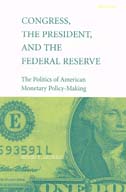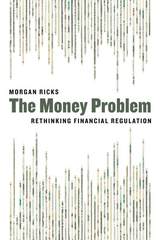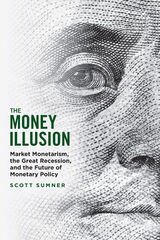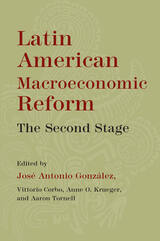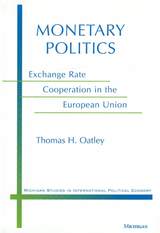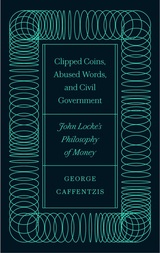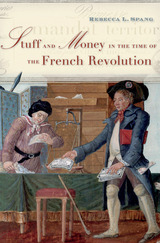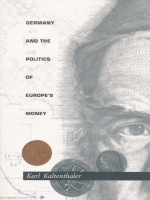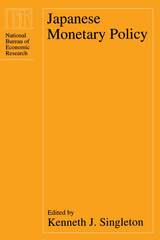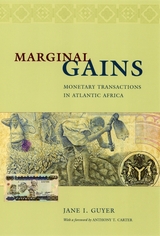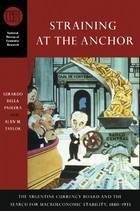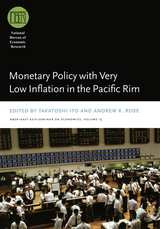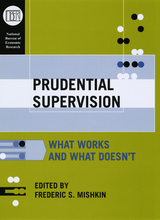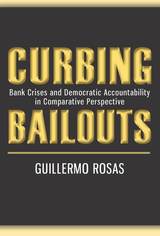Inflation and Disinflation: The Israeli Experiment
University of Chicago Press, 1993
Cloth: 978-0-226-47110-5
Library of Congress Classification HG1210.L46 1993
Dewey Decimal Classification 332.41095694
Cloth: 978-0-226-47110-5
Library of Congress Classification HG1210.L46 1993
Dewey Decimal Classification 332.41095694
ABOUT THIS BOOK | AUTHOR BIOGRAPHY | TOC
ABOUT THIS BOOK
During the early 1980s, Israel's inflation rate rose to almost 500% per year—one of the highest inflation rates in the developed world. In 1985, the Israeli government implemented a program that immediately reduced inflation to 15%-20%, where it remained for the rest of the decade. How did the economy deal with these major changes so rapidly and successfully? In these eighteen articles, Leonardo Leiderman discusses why the Israeli plan worked and considers how other countries might benefit from similar policies.
Even though standard economic models predict that output will drop and unemployment will rise during disinflation, Israel saw a boom in private consumption and large increases in real wages that lasted for about three years. To understand how the effects of Israeli disinflation policies defied typical expectations, Leiderman investigates how monetary fiscal policy determined Israel's runaway inflation and how the country brought its economy abruptly under control. He finds that rates of inflation and consumption depend on the public's expectations about future fiscal adjustments and that foreign trade shocks do not inevitably lead to a long-term rise in the inflation rate. His illumination of international trade and domestic policies, past and present, will interest academic economists and policymakers alike.
Even though standard economic models predict that output will drop and unemployment will rise during disinflation, Israel saw a boom in private consumption and large increases in real wages that lasted for about three years. To understand how the effects of Israeli disinflation policies defied typical expectations, Leiderman investigates how monetary fiscal policy determined Israel's runaway inflation and how the country brought its economy abruptly under control. He finds that rates of inflation and consumption depend on the public's expectations about future fiscal adjustments and that foreign trade shocks do not inevitably lead to a long-term rise in the inflation rate. His illumination of international trade and domestic policies, past and present, will interest academic economists and policymakers alike.
See other books on: Econometric models | Fiscal policy | Inflation | Inflation (Finance) | Israel
See other titles from University of Chicago Press

